In the world of illumination, two popular terms often come into play: floodlights and spotlights. These lighting fixtures serve distinct purposes and have unique characteristics that set them apart. In this comprehensive guide, we'll delve into the key differences between floodlights and spotlights, helping you understand their applications and advantages. So, let's shed some light on these luminous topics!
Table of Contents
|
Introduction
Lighting plays a pivotal role in our lives, enhancing safety, security, and aesthetics. When it comes to outdoor or indoor lighting, two common terms are often used: floodlights and spotlights. While they both serve the fundamental purpose of illumination, their differences lie in how they achieve it.
Floodlights vs. Spotlights: The Basics
Before we delve into the specifics, let's establish a foundational understanding of floodlights and spotlights.
Floodlights: Illuminating the Wider Picture
3.1 Understanding Floodlights
Floodlights, as the name suggests, provide a broad and uniform distribution of light. These fixtures are designed to cover a large area with a consistent illumination level. Typically, floodlights cast a wide beam of light, making them ideal for lighting up expansive spaces.
3.2 Applications of Floodlights
Floodlights find applications in various settings, including sports stadiums, parking lots, outdoor events, and architectural illumination. Their ability to cover extensive areas makes them indispensable in scenarios where a wide and even distribution of light is required.
Spotlights: Focusing on Precision
4.1 Understanding Spotlights
Spotlights, on the other hand, are all about precision. They emit a concentrated, narrow beam of light, allowing you to highlight specific objects or areas with pinpoint accuracy. Spotlights are designed for directed, intense illumination.
4.2 Applications of Spotlights
Spotlights excel in situations where you need to emphasize certain elements, such as artworks in galleries, stage performances, or accent lighting in gardens and landscapes. Their ability to create dramatic visual effects makes them a favorite among lighting designers.
Distinguishing Features
To truly grasp the difference between floodlights and spotlights, let's examine their distinguishing features.
5.1 Light Distribution
The primary distinction lies in how light is distributed. Floodlights disperse light over a wide angle, while spotlights concentrate it into a narrow beam.
5.2 Beam Angle
Floodlights typically have a wider beam angle of 120 degrees or more, while spotlights boast a narrower angle, usually less than 45 degrees.
5.3 Intensity and Range
Spotlights emit high-intensity light with a longer throw range, whereas floodlights provide uniform brightness over a shorter distance.
Which One to Choose?
When deciding between floodlights and spotlights, several factors come into play.
Factors to Consider
7.1 Purpose
Consider the intended use. Are you lighting up a large outdoor area or focusing on a specific object or feature?
7.2 Area Size
The size of the area you want to illuminate is crucial. Floodlights are suitable for larger spaces, while spotlights are perfect for smaller, targeted areas.
7.3 Energy Efficiency
Floodlights may consume more energy due to their broader coverage, so energy efficiency is a consideration.
7.4 Aesthetics
Think about the visual effect you want to achieve. Spotlights can create dramatic effects and add a touch of elegance to architectural elements.
Installation and Maintenance
Both floodlights and spotlights require proper installation and maintenance to ensure optimal performance and longevity.
Conclusion
In conclusion, the choice between floodlights and spotlights ultimately depends on your specific lighting needs. Each has its unique characteristics and advantages, making them suitable for different applications. Understanding the differences outlined in this guide will help you make an informed decision when it comes to illuminating your spaces.
FAQs (Frequently Asked Questions)
Q. Can I use floodlights indoors?
A. Yes, floodlights can be used indoors, but they are typically more suitable for outdoor applications due to their wide beam angle.
Q. Are spotlights more energy-efficient than floodlights?
A. Spotlights are generally more energy-efficient when used for targeted lighting, but it depends on the specific fixtures and their energy ratings.
Q. Can I use spotlights for security lighting?
A. Spotlights can be used for security lighting to highlight specific areas or potential threats effectively.
Q. What is the average lifespan of floodlights and spotlights?
A. The lifespan of both floodlights and spotlights varies depending on the quality of the fixtures and usage. On average, they can last between 20,000 to 50,000 hours.
Q. Are LED floodlights and spotlights a good choice for energy savings?
A. Yes, LED floodlights and spotlights are energy-efficient options, and they have become the preferred choice for most applications due to their long lifespan and low energy consumption.
Now that you have a clearer understanding of floodlights and spotlights, you can make an informed decision based on your specific lighting requirements. Illuminate your spaces wisely!















































































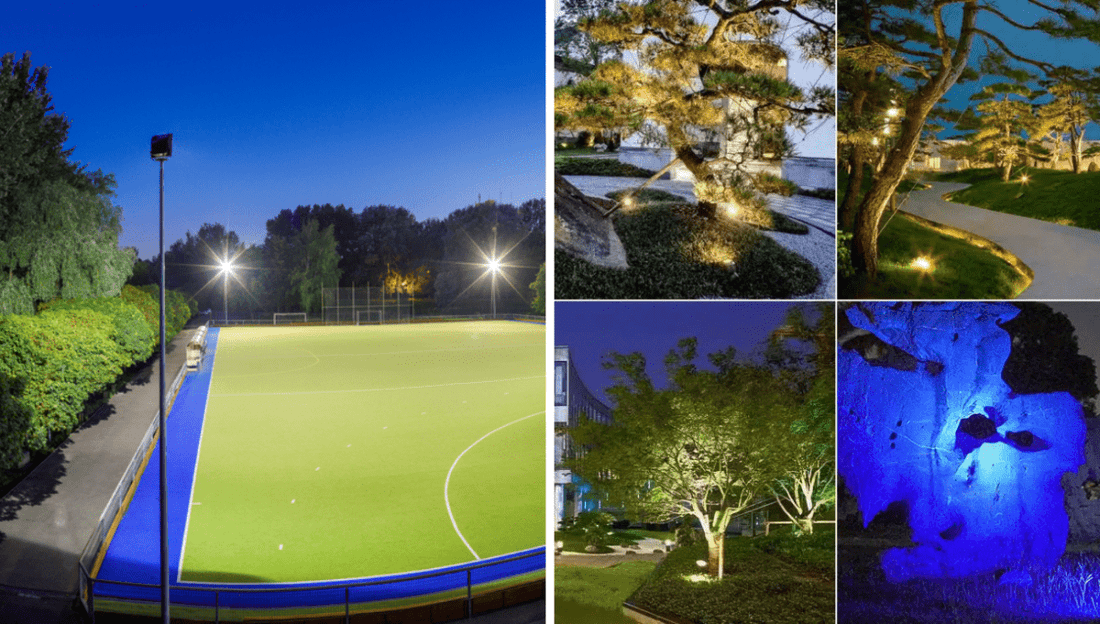
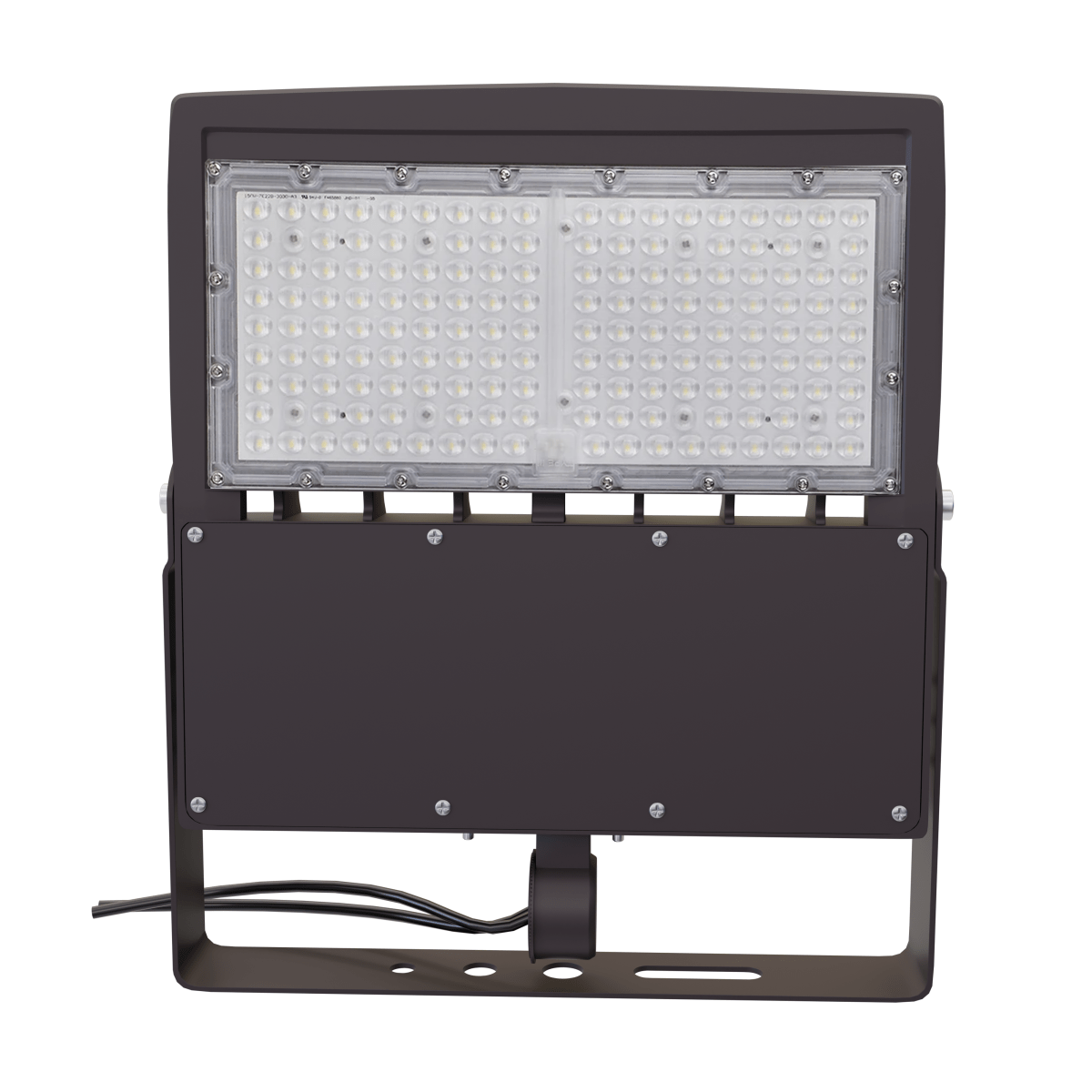
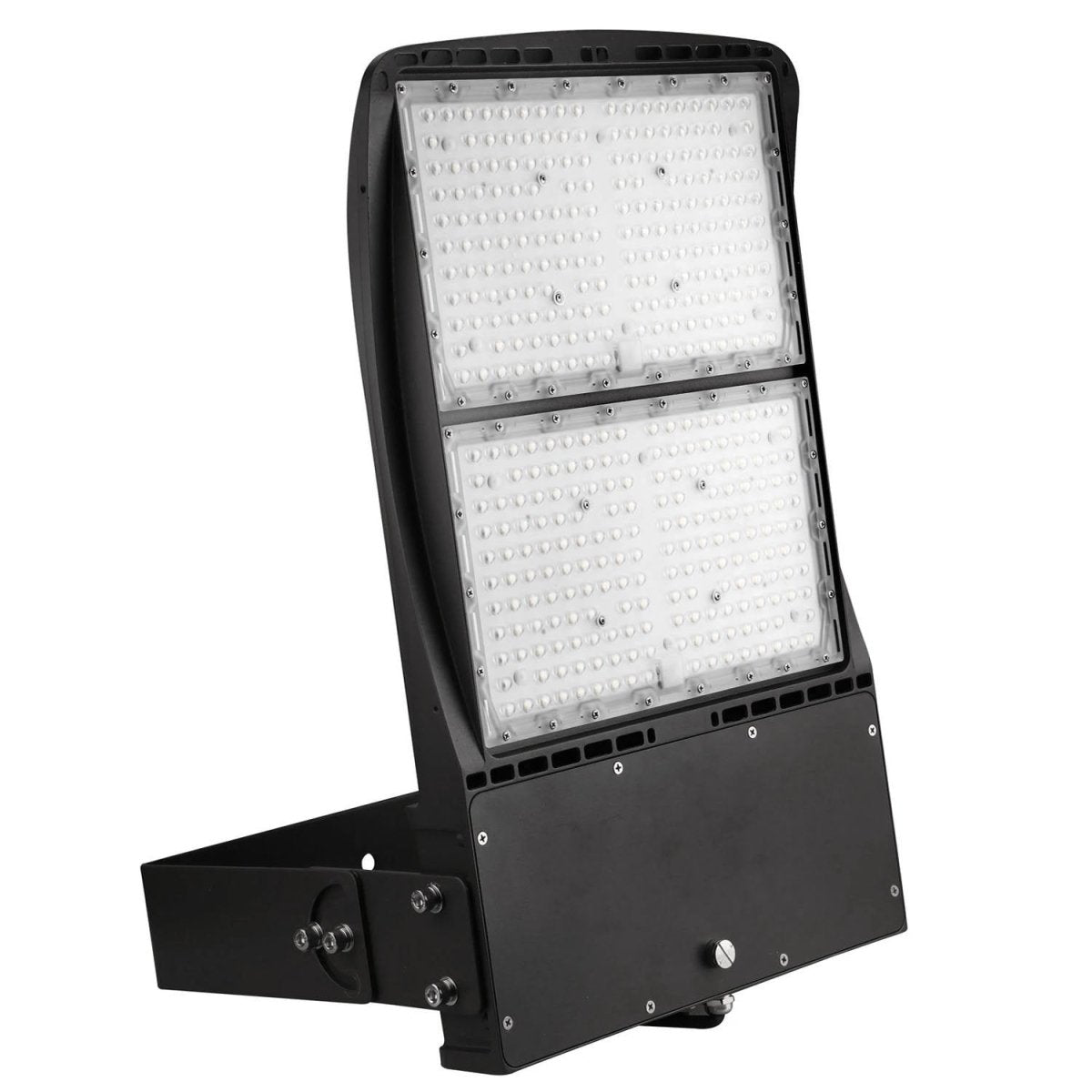

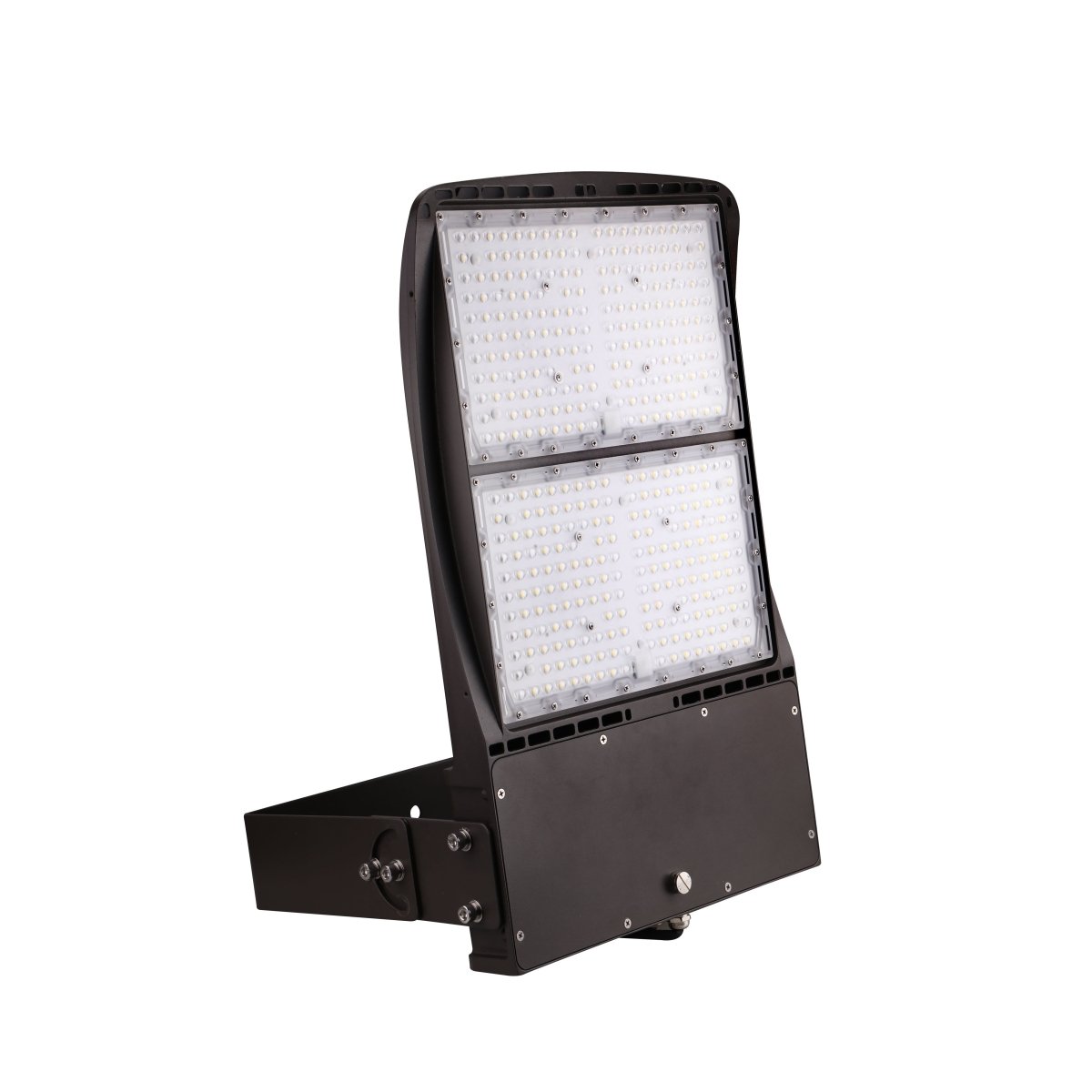
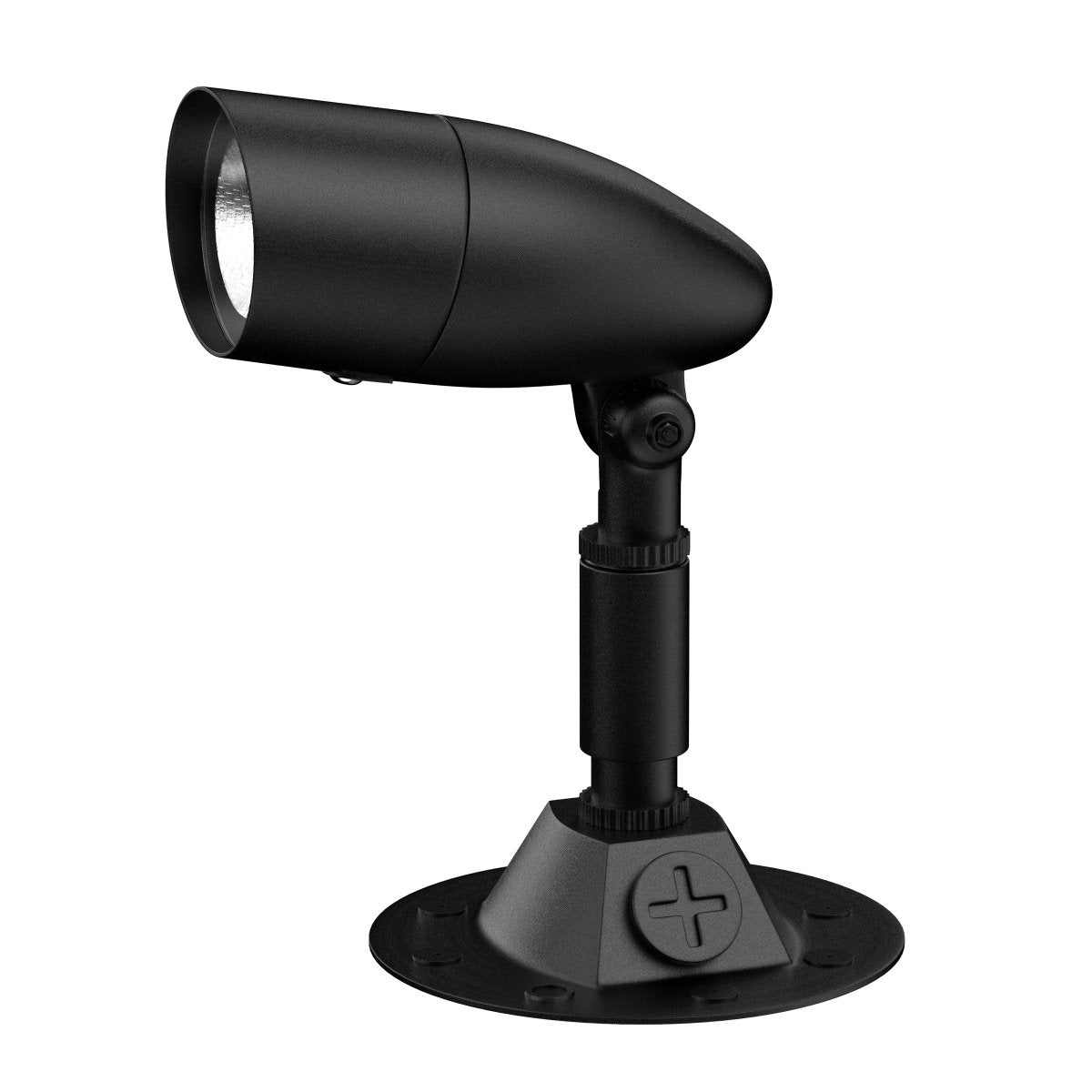
1 comment
Thanks for information